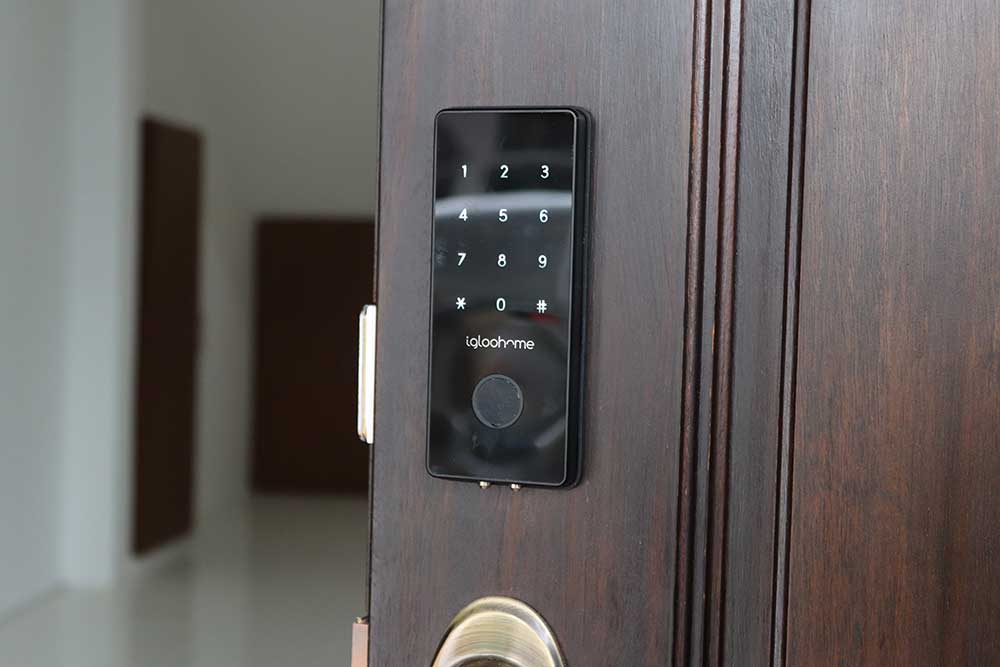Article
The responsibilities of a building manager can vary depending on the specific building or organization they are working for. Generally, a building manager is responsible for maintaining and managing the day-to-day operations of a building or complex of buildings.
In this article we review tasks such as managing maintenance and repairs, coordinating with tenants or residents, overseeing security, managing budgets and expenses, and ensuring compliance with relevant laws and regulations. They may also be responsible for overseeing the management of any common areas or amenities, such as fitness centers or conference rooms, and may play a role in lease negotiations or other financial aspects of building ownership or management.
In addition, they may also be responsible for overseeing the safety and well-being of the building’s occupants, such as handling emergency situations or implementing safety protocols.

The most difficult task for a building manager can vary depending on the specific building or organization they are working for, as well as their own strengths and weaknesses. However, there are a few tasks that may be generally considered more challenging for a building manager, such as:
- Managing maintenance and repairs: Keeping a building in good condition can be a constant challenge, and a building manager may need to coordinate with a variety of different contractors and vendors to ensure that repairs and maintenance are completed in a timely and efficient manner.
- Balancing the needs of tenants or residents: Building managers may need to handle complaints and resolve disputes between tenants or residents, which can be difficult and time-consuming.
- Managing budgets and expenses: Building managers may need to keep track of a wide range of expenses, such as utility costs, insurance, and property taxes, and ensure that they are managed within budget.
- Ensuring compliance with laws and regulations: Building managers need to be familiar with a wide range of laws and regulations, such as fire and safety codes, zoning regulations, and accessibility requirements, and ensure that their building is in compliance.
- Maintaining the safety and well-being of the building’s occupants: Building managers have the responsibility of maintaining a safe environment for the building’s occupants and ensuring that safety protocols are in place and followed. This can be challenging especially in the event of emergencies.
- Managing amenity reservations: Building managers may be responsible for managing the reservations for common areas or amenities within the building, such as conference rooms, fitness centers, or pool areas. This can involve coordinating with tenants or residents, ensuring that the amenities are properly maintained and staffed, and dealing with any issues or conflicts that arise. This task can be challenging as it requires good organizational and communication skills as well as flexibility to handle unexpected changes or issues.

As you can see, dealing with so many tasks at the same time can be tiresome. But wait…maybe using the right technologies can help make Building Manager’s job easier! Let’s see some examples of use of technology in this sector.
Technology can be used in various ways to make many of the tasks of a building manager easier. Let’s take last item from above list of challenging tasks as an example:
Building managers can use booking and scheduling software to manage and keep track of reservations for common areas or amenities. This can make it easier to coordinate with tenants or residents and to ensure that the amenities are properly staffed and maintained.
The use of smart locks can benefit a number of tasks that building managers are responsible for. Smart locks can be integrated with booking and scheduling software to allow access to specific areas of the building and help building managers to automate and streamline the process of managing access to common areas or amenities within the building.

Here’s an example of how it can work:
A tenant wants to reserve a conference room for a meeting. They use WiseIngress web portal or mobile app to view available times and reserve the conference room. Once the reservation is made, a time-sensitive PIN code is generated for the tenant that only works on the smart lock on the conference room door during the scheduled reservation time.
This process eliminates the need for building managers to manually unlock and lock the doors, or to keep track of keys. Additionally, it allows the building managers to easily monitor and control access to the common areas and amenities and ensure that only authorized individuals have access to these areas at specific times.
Additionally, the usage of smart locks can also help with the tracking of usage of these areas, this can help in generating reports, analyzing usage patterns and making decisions on how to best allocate resources.



